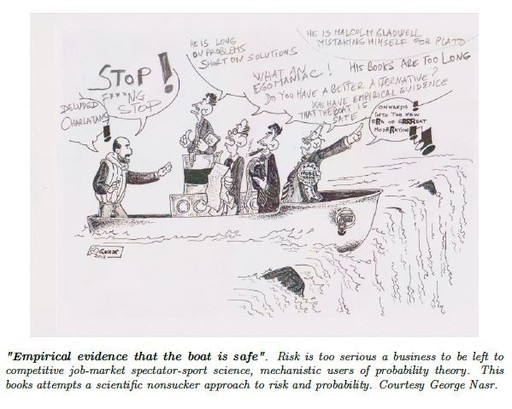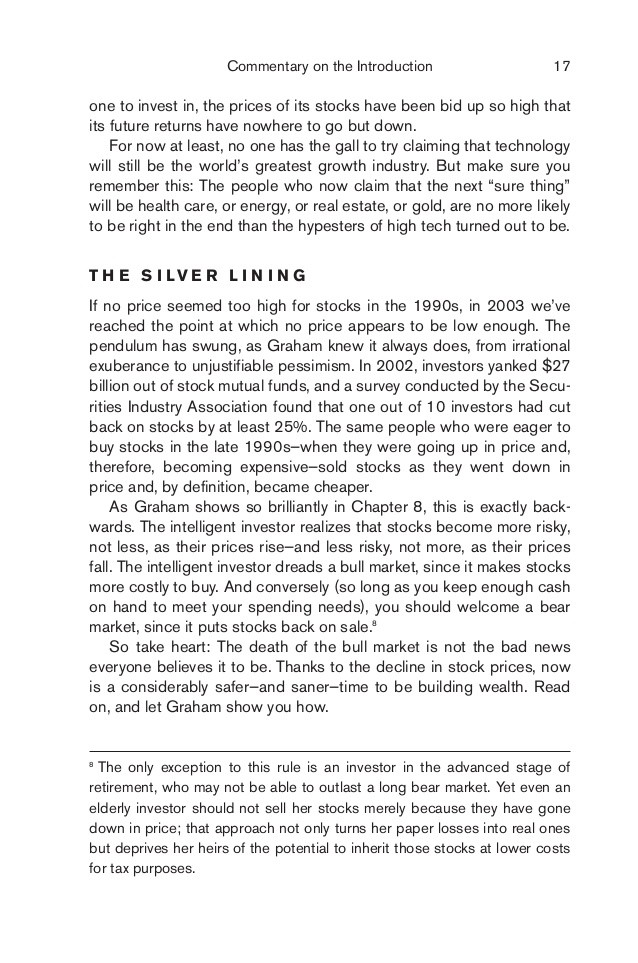The Odd Lot Theory Betting That Small Investors Are Wrong
Post on: 15 Август, 2015 No Comment

The most successful investors tend to let reason, not emotion, guide their decisions. However, smaller investors have acquired a reputation for doing just the opposite – seeking out companies toward which they feel a personal connection and relying on intuition more than cold, hard logic.
When the market goes on a skid, for instance, professional investors see it as an opportunity to buy at a favorable price. Everyday investors, on the other hand, are more likely to sell off their stock precisely when it’s at a low point.
Whether this rap is fair or not, the belief that individual investors are wrong more times than not is the basis for “odd lot theory .” The idea is that, by following what moves they make in the stock market and doing the inverse, one will have a better-than-average chance of success.
This form of technical analysis gained considerable popularity in the mid-1900s. Subsequent research has shown that using odd lot data as the basis for timing trades doesn’t work very well, however.
Following Small Transactions
In the financial markets, a standard, or round. lot represents 100 shares of a given stock. When institutional investors make a purchase or sale, for instance, it’s usually in a nice, even number of lots.
Of course, not every investor can afford to buy 100 shares at a time, which for some stocks could be mean ponying up tens of thousands of dollars. Instead, they may choose to buy, say, 15 shares at a time. These smaller amounts – anywhere from one to 99 shares – are referred to as “odd lots .” Historically, it took a little longer to clear these transactions than round lots, but it could still be done.
Because odd lots are, by definition, smaller orders, some began to see them as a way to gage the sentiment of everyday investors. As far back the 1800s, contrarians began betting against the folks placing these modest trades. It wasn’t until the early 1940s, however, that Garfield Drew. a bond statistician who wrote the 1941 book, New Methods for Profit in the Stock Market, systematically tested the theory and further popularized it.
Drew analyzed market activity using a “balance ratio” of odd-lot selling to odd-lot buying. His findings seemed to confirm that smaller investors became, relatively speaking, more likely to buy when a stock was rising in price and more prone to sell when the price was about to hit bottom.
Balance Ratio = Odd-Lot Sales / Odd-Lot Purchases
While Drew’s fairly straightforward ratio become one of the most popular methods of interpreting data, other metrics emerged over time as well. One of these, the odd lot short ratio, helps determine how many investors are “shorting,” or betting against, the market. According to the theory, a spike in such activity should be a trigger to start buying.
Odd Lot Short Ratio = (Odd Lot Short Sales) / (Average of Odd Lot Sales and Purchases)
The following table shows daily odd lot activity, separated by purchases, sales and short positions.
Source: Barron’s
Theory Loses Favor
The odd lot theory enjoyed popularity for decades, thanks in large part to Drew’s influential writings. But by the 1960s, his hypothesis attracted increased scrutiny from other researchers.
Some concluded that the individual investor wasn’t as consistently wrong as first thought. For example, Donald Klein found that while the sale of small stock quantities occurred at inopportune times – that is, when the market was falling – odd-lot purchases did not. Such research helped erode confidence in Drew’s theory, which steadily lost popularity.

Is there some validity to the idea that small investors bet wrong the majority of the time? The jury is still out on this important question. What is fairly clear, however, is that odd lot data itself has become a less reliable way to measure their activity.
There are several reasons for this. Firstly, there are proportionately fewer odd lot transactions than there used to be. In the 1930s and 1940s, individuals were more likely to place orders to buy or sell individual stocks. But over the course of the 20th Century, mutual funds became a much more common way to participate in the market.
Other investors started trading options, where they could control round lots with a relatively small financial commitment. With less odd lot data to go on, its statistical relevance dropped considerably.
The chart below depicts the odd lot rate, which is the percentage of all trades that involve uneven lots. The yellow line represents stocks, while the blue line shows exchange-traded products (ETPs).
Source: SEC
In addition, the odd lot data that does exist today doesn’t always originate from modestly endowed, unsophisticated investors. Some stem from dividend reinvestment plans, which, based on a specific payout formula, may acquire uneven lots of a company’s stock. And with the advent of algorithmic trading, computers sometimes break large purchases and sales into smaller transactions in order to hide the firm’s moves from the rest of the market.
With the stock market continually evolving, it gets harder to look at the raw data and deduce anything significant about the small-time investor. As the publisher of The Stock Trader’s Almanac once put it, “It’s like fighting a new war with old tools.”
The Bottom Line
The popularity of the odd lot theory prior to the 1960s demonstrates that the attraction of contrarian investing strategies. Now that odd lots are being bought and sold for a wide variety of reasons, though, few people still use this data to confidently predict which way the market will go.














